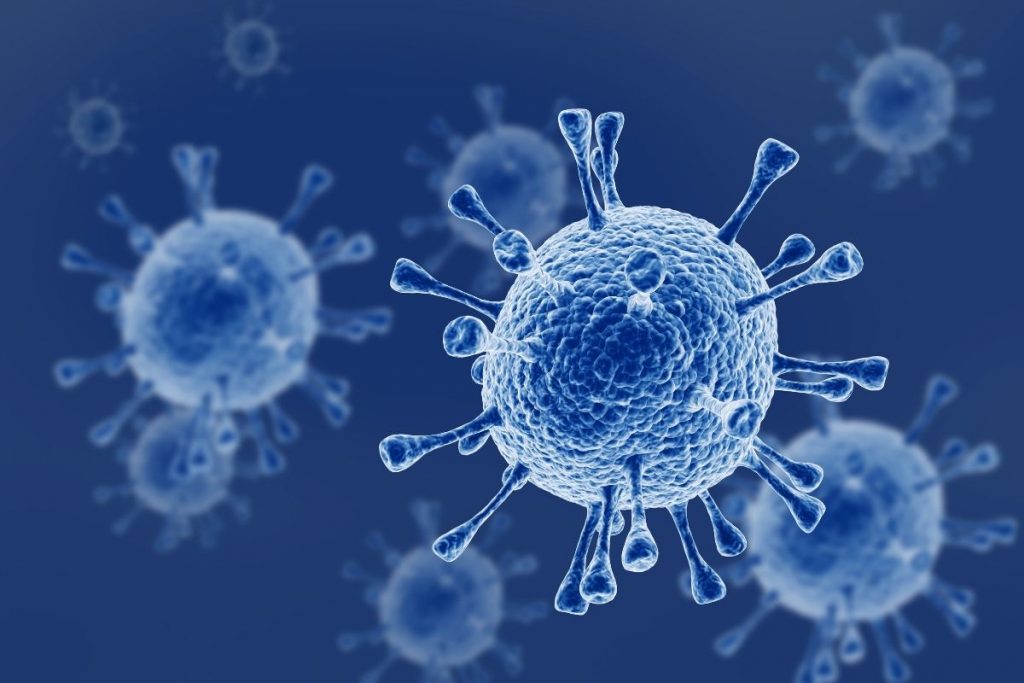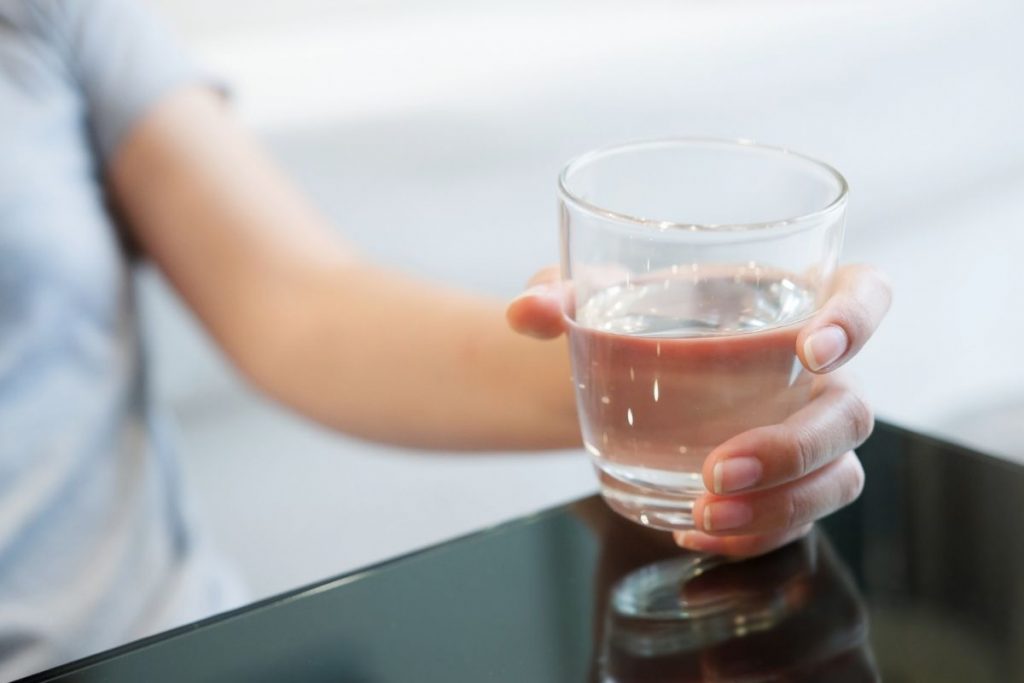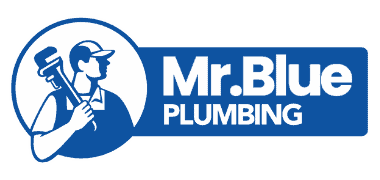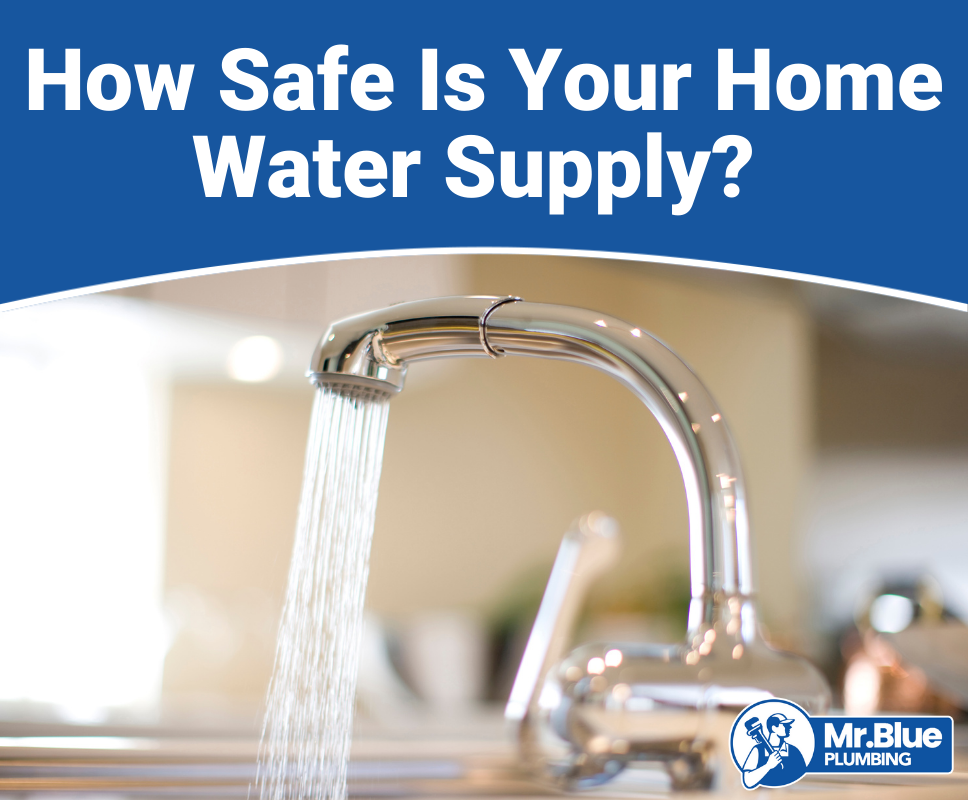Waterborne diseases may be prevalent in your water supply and you may not even know it. The latest data from the CDC found that waterborne pathogens were responsible for over 7 million illnesses, 118,000 hospitalizations and 6,630 deaths in 2014. Their estimates also suggest that as many as 1 in 44 people get sick from waterborne diseases in the US, so looking at your water supply and considering how safe it actually is, is a consideration for us all. Before looking more closely at the regulations and recommendations around water consumption and safe drinking water in the US, let’s look more closely at the most common waterborne diseases causing illness every year.
Contents (Click To Jump)
Common Domestically Acquired Waterborne Diseases

The previously mentioned CDC report identified the five most common domestically acquired waterborne diseases as follows:/
- Otitis externa
- Norovirus
- Giardiasis
- Cryptosporidiosis
- Campylobacteriosis
Each of these conditions can be extremely painful and debilitating and can be acquired through ingesting or absorbing contaminated water. Here’s a closer look at each disease in turn.
Otitis Externa
Otitis externa is commonly known as swimmer’s ear and is a bacterial infection. It is typically caused by water that is stuck or stays in the outer ear canal for a significant period. It provides the moist atmosphere bacteria need to grow and is characterized by pain when the outer ear is touched, itchiness inside the ear, drainage or leaking from the ear as well as redness and swelling. It usually passes on its own, but you should contact your healthcare provider if there is any leakage. It is usually treated with antibiotic ear drops.
Norovirus
Norovirus refers to a group of different viruses and many people get the disease many times in their life. Norovirus occurs when you accidentally ingest or get particles of infected feces or vomit in your mouth. Water can get contaminated with norovirus in a number of ways including at the source, for example if a septic tank leaks into a well, if an infected person’s vomit or feces enter the water supply or when water isn’t properly treated before use. It is a condition characterized by vomiting and diarrhea and can lead to dehydration in the worst cases.
Giardia
Giardia is a germ that causes the disease giardiasis, characterized by diarrhea. Giardia is found on surfaces as well as in soil, food or water which has been contaminated by the feces of infected people or animals. The most common way people get sick is through swallowing contaminated drinking water or recreational water in lakes, pools, or rivers. It can pass easily from person to person once one patient has been identified as having the disease.
Cryptosporidium
Cryptosporidium is a parasite that causes the diarrheal disease cryptosporidiosis. It is a disease more common in animals but there are many species of cryptosporidium which also infect humans. It is protected by a hard outer shell which means it can survive the water chlorination process. It is most commonly spread through drinking and recreational water.
Campylobacter
Campylobacteriosis is caused by Campylobacter bacteria. It is the most common bacterial cause of illness characterized by diarrhea in the US. The CDC believes the infection affects up to 1.5 million US residents every year. The bacteria can infect food and water in a number of ways, often through water containing the feces of infected animals such as cows and birds. Animal feces often contaminate lakes and streams, too.
Regulating US Drinking Water

For most US citizens, the Environmental Protection Agency (EPA) oversees water purity. Approximately 85% of all Americans rely on public systems for their water, with the remainder sourcing it from private wells. The Safe Drinking Water Act was passed in 1974 and it allows the EPA and its state partners to regulate all drinking water from public water systems. Individual states and the federal government work together to ensure the safety of public water systems.
The quality of water in the US has improved significantly since the passing of this act, with nonprofit organizations such as the Natural Resources Defense Council and the EPA agreeing that public health protection from bacteria, arsenic and toxins is decreasing. Nothing is foolproof, however, and there have been calls to stop drinking water in recent years. In 2014, residents of Toledo were warned not to drink the water after toxins from Lake Eris reached dangerous levels and a chemical spill in the same year meant residents of Charleston saw their water supply shutdown.
Regulators are no longer focusing solely on the water coming out of the faucet, they’re concerned with the whole water process, from source to tap. This ensures contaminants can be caught along the way and the supply stream can be cleaned up where necessary.
Become a Domestic Water Detective
When it comes to your home water supply, there are ways of checking the quality and you can always get in touch with the water facility and provider to find out important information about your water supply. Consider the following actions to get a better picture of your water supply and its quality:
1. Check on Testing
Find out how often your water supply is tested, which is laid out in a schedule the EPA sets up for a specific range of pollutants. Even though there is a set schedule, your water may not be tested as frequently as it should, so contact your local facility to find out the last time the system was properly tested.
2. Review Consumer Confidence
Your annual water bill should include some information regarding consumer confidence. The consumer confidence report should list contaminants found, the possible impact on your health and the water’s source. If you don’t receive it in the mail, you should be able to find it on your supplier’s website.
3. Test your Drinking Water
If your facility’s report doesn’t give you all the information you need or you are worried about particular contaminant levels, you can get your water tested. It is an expensive process but can be worth it if you have genuine concerns. You can contact state-certified drinking water labs in your area or make contact directly with the EPA via their Safe Drinking Water Hotline.
Improving your Home Water Quality

The water that comes out of the faucet at home has been through many stages before it reaches you and everything from factors in the distribution system to your household plumbing can impact the water’s quality. Consider these easy-to-implement household tips to improve your home water quality.
Cold Water Management
Never use hot tap water for drinking or cooking. Hot water may contain metals, sediments and bacteria which have built up in the water heater. If you have any household lead, hot water can even cause lead to release into your drinking water and lead poisoning can be fatal.
Flushing
Consider running your cold water taps for at least two minutes before using water for cooking or drinking. When water hasn’t been used for a number of hours it sits in your pipes and the water quality can decline in this time. Similarly, if you want to flush stagnant water from your system in another way ensure it is used for laundry, showering, or flushing the toilet before pouring it out for cooking or drinking.
Faucet Aeration
Routine maintenance and cleaning of your faucet aerators will help ensure no build-up of grime, sediment and metals occurs here. They will need replacing on occasion, too, when they start to deteriorate.
Water Heater Maintenance
Your water heater tank can be a breeding ground for bacteria and dangerous pathogens. The water heater tank is a prime source of water contamination in the home, so it should be regularly serviced and drained at least once a year. Not looking after your water heater properly can negatively affect your water pressure and quality.
Check Plumbing
In older properties, it is usually recommended that you replace all old plumbing systems, as there is a high probability that they contain lead, which is extremely dangerous if it enters the water supply. Copper piping is a better and more effective alternative and fixtures can also be updated to be lead-free. As well as checking for outdated piping, checking for leaks is also important. Wastewater can pool and become contaminated and dangerous, so use your water meter to check whether your water usage is excessive and then it’s time to find that leak, or contact a professional to carry out search and repair for you.
The Case for Water Filters
Like all removable parts of your water system, filters are meant to be routinely cleaned and replaced. Bacteria and metals can easily build up in filter cartridges and you can change them with ease following the guidelines from your system’s manufacturer. Almost all households utilize filters to further protect against pathogens and similar in the water supply, but it is important to remember no filter eliminates all contaminants.
Homeowners should ensure their filters are NSF-certified and do their research into the right filters for their supply. A filter which is described as removing one contaminant may not be able to deal with others, so never assume you are fully protected by your choice of filter. The complexity of your filtration system doesn’t necessarily improve its functionality, nor does opting for the most expensive system on the market. Some consumers are perfectly happy with water filter pitchers to keep in the refrigerator while others invest in whole-property water treatment, which ensures all water in the home is treated. The key thing to takeaway is that not all water filters offer the same protection. Taking time to consider the correct treatment system for your home is important to ensure you are confident and have peace of mind when drinking and cooking with your household water supply.
Why does it Matter?
The risk of harm to health is the key driver for ensuring your water quality is as good as possible, but there are other reasons, too. Drinking contaminated water can be fatal or can lead to life-threatening diarrhea and other terrifying illnesses. High quality water is also good for your home in general and your water-reliant appliances. A 2009 study commissioned by the Water Quality Research Foundation found adding a water softener helps a range of appliances from water heaters to washing machines work more efficiently, as well as minimizing clogging in showerheads and drains.
Good water quality is essential for our health and to run our homes efficiently. While there are changes we can make in the home, many of the problems impacting water quality occur within the infrastructure and supply system, long before it reaches our pipes.
The Future for America’s Aging Water Infrastructure
The systems that carry and supply drinking water across the US are known to be towards the end of their lifetime. While retrofitted developments and add-ons have kept the system working and functional, research is showing the current systems are not equipped to deal with the ways in which climate change is impacting the planet and higher levels of pollutants are also getting in our waterways, due to inadequate pollution regulations. Some of the US water infrastructure is over a century old, so it’s evident upgrades are sorely needed.
Whenever there is a public incident of water systems being shut down or contamination reaching the water supply, it’s a further indicator that there needs to be significant change to the infrastructure itself. The average American can make changes in their own home and even test their own drinking water, but ultimately, the buck stops with the governing powers to guarantee water quality for the nation.



